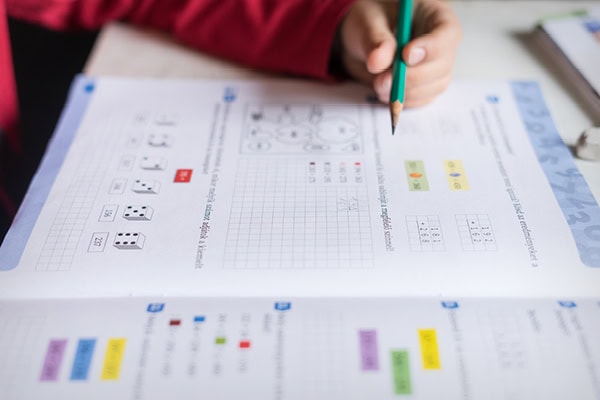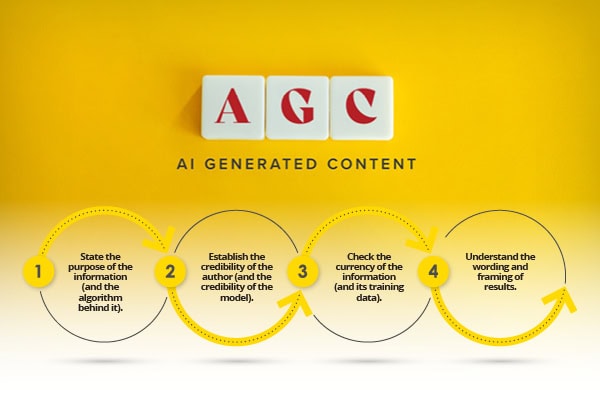The Rand-CRPE survey of 1,020 public school teachers shows a wide gap among teachers’ usage of AI tools in the classroom, but researchers say it’s likely that more educators will use AI in the future, according to K-12 Dive.
The top five ways teachers report using AI tools are to support students with learning differences (51%), create quizzes and assessments (49%), adjust content for instruction at the appropriate grade level of their students (48%), generate lesson plans (41%) and develop assignments (40%).
English language arts or social studies teachers in middle and high schools are most likely to use AI for instruction, according to the survey.
While regular use of AI remains fairly low among teachers, schools are increasingly developing policies allowing these tools for classwork. Nearly twice as many teachers said their schools are rolling out such policies — jumping from 31% to 60% between 2022-23 and 2023-24, according to a separate survey by the Center for Democracy & Technology.
More teachers are also relying on AI content detection tools to spot if a student is using generative AI in their assignments, according to the CDT survey. Turnitin, a company that provides an AI writing detection feature for schools, recently reported that 11% of the 200 million student papers its technology reviewed in the last year contained at least 20% AI-generated content. Additionally, 3% of student papers had at least 80% AI-generated writing.
Racial gaps are beginning to emerge at the district level over plans to train teachers on AI use. For instance, the Rand-CRPE survey found 65% of majority-White districts are set to provide training by the end of the 2023-24 school year, while only 39% of districts that serve mostly students of color plan to do the same. Such patterns “could exacerbate longstanding fault lines of educational inequality,” researchers wrote.
However, very few district leaders generally viewed addressing AI as a “very urgent” need this year, according to EAB, an education consulting firm. This comes at a time when superintendents are balancing other pressing needs like staffing issues, chronic absenteeism and student discipline.
K-12 Dive





